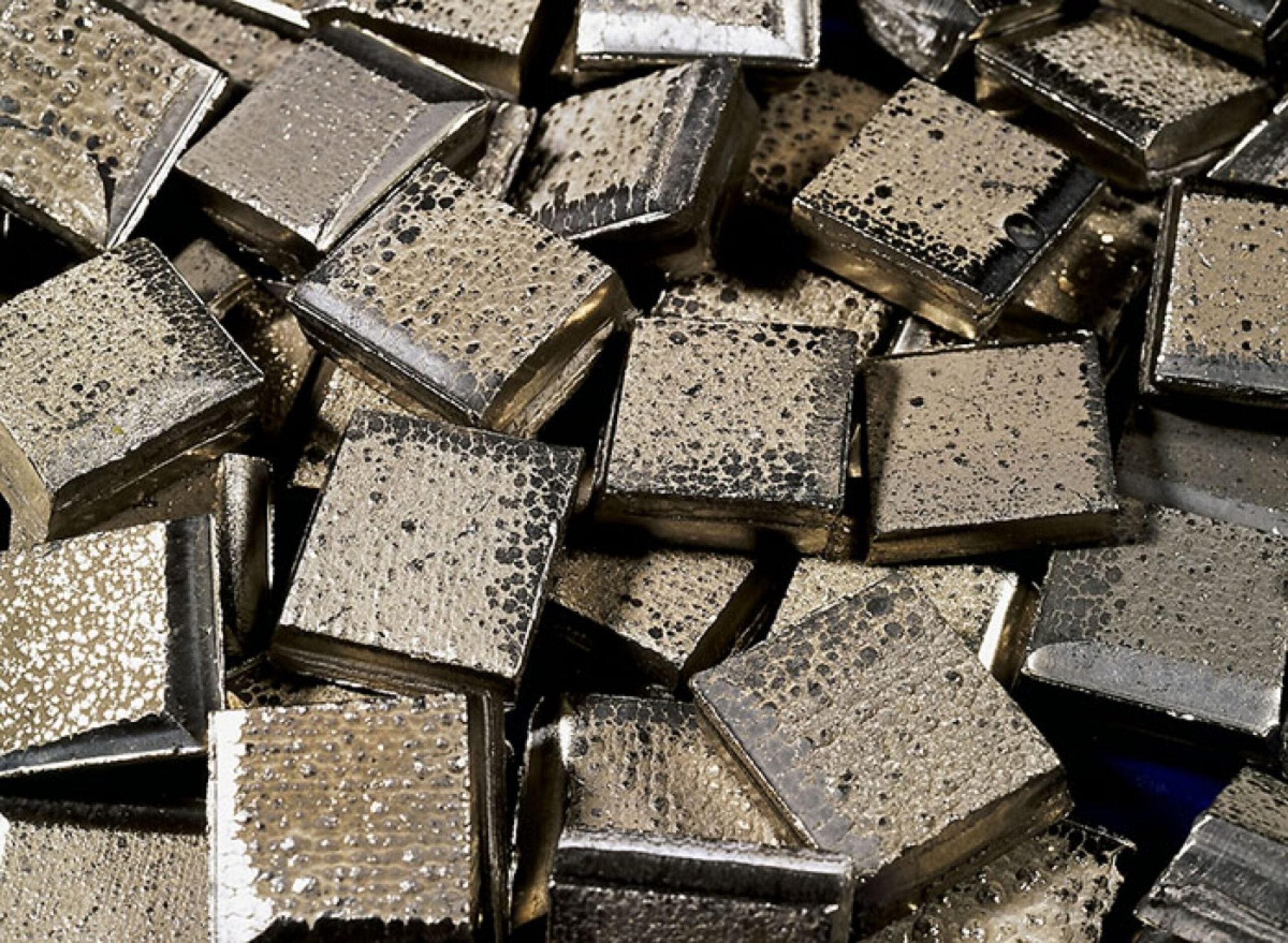
On 14 November, nickel prices surged above $30,000 a tonne, the highest level since the price surge earlier this year. Prices peaked at $31,275 on 15 November, before plunging again the next day.
Following the price swings, the London Metal Exchange (LME) said it would undertake enhanced monitoring of nickel to ensure that trading activities are being conducted appropriately.
The nickel market has been suffering from low liquidity since earlier this year. On 8 March, nickel prices rose more than 250%, following fears of the disruption of nickel supplies due to the Russian invasion of Ukraine. Russia is the third largest global nickel producer, with over 200,000 tonnes of output in 2021, or 7.5% of global production. The LME then suspended trading after the short squeeze, a controversial decision for which the LME is now being sued in British court.
“A lack of risk capital lowers market participation, driving down liquidity and exacerbating volatility, and further discouraging potential lenders and investors, reinforcing lower participation and higher volatility,” said Goldman Sachs at the time.
Now, small changes in the physical market can lead to big shifts in trading. Data from the LME already shows that average monthly nickel trading volumes (excluding unallocated trade) have gone down since March. October showed the lowest average so far, with volumes of 32,811. In January, volumes were still up to 83,827.
Disruptions and uncertainty
Adding to the price swings in November, the Goro nickel mine in New Caledonia announced it would have to reduce output after a tailings dam leak, and a rumour circulated about an explosion at an Indonesian nickel pig iron plant. Geopolitical tensions with Russia also still bring uncertainty, with uncertainties about whether LME would ban Russian metal from its system.
In the first half of 2022, global nickel prices were $27,858.2 per tonne on average, up 59.3% compared to the same period the year before. According to GlobalData, Mining Technology’s parent company, nickel prices are expected to remain high until potential new supply from Indonesia becomes available.
While the prices are not expected to fall until next year, the physical nickel market is showing growth. According to GlobalData, global nickel mine production is expected to rise for the second year in a row in 2022. In 2022, production is forecasted to reach around 2,865.5kt, up 6.8% from 2021.
Continuing growth
The main driver of growth is Indonesia, which is expected to produce almost 40% of total global output in 2022. Indonesia has been expanding its domestic nickel industry, even proposing this week to coordinate and integrate nickel policy with producing countries, similar to OPEC.
“Indonesia is the world’s largest producer of nickel ore along with the refined nickel,” reads GlobalData’s Global Nickel Mining to 2026 report. “Furthermore, the country intends to establish an integrated electric vehicle (EV) supply chain, beginning with mining and processing to battery production and eventually EV production.”
Other regions that saw production increase in 2022 are Columbia (14.4%), New Caledonia (8.4%), and Brazil (7.6%), while production went down in South Africa (31.3%), the Philippines (10.5%), Finland and the United States (both 1.9%).
Overall, nickel production is forecasted to grow around 3.4% a year to 3,281kt in 2026, according to GlobalData, growing at similar levels to forecasted consumption for 2026. That puts the nickel market in a better position than some other critical minerals, which are expected to experience shortages leading up to 2030.
Driving the energy transition
Many of the critical minerals needed for the energy transition are expected to see soaring demand in the coming years. Copper, mainly needed for electricity networks, has experienced lower output than demand for years, and the gap is only expected to grow. Cobalt and lithium, both mainly needed for EVs and battery storage, are facing a similar disparity.
While nickel will also see a rise in demand caused by the energy transition, that rise in demand is offset by lower demand for steel, by far the biggest end-user of global nickel.
“Broadly, supply and demand are quite balanced with nickel and, with rising output from Indonesia - where we are expecting a 30% increase between 2021 and 2026 - it is expected to stay that way,” explains David Kurtz, director for mining and construction at GlobalData. “However, demand from the electric vehicle sector is ramping up, with higher proportions of nickel in the cathodes as it improves the energy density and means a better driving range. Nickel demand can potentially grow at a faster rate than EV battery production.”
Kurtz adds: “Outside the use of nickel in batteries, with China's housing market struggling, rising inflation and interest rates, and looming recessions, steel demand is going to be subdued. That will mean low overall demand growth for nickel.”



